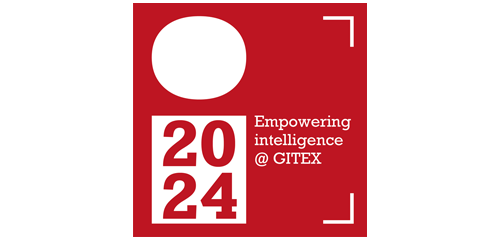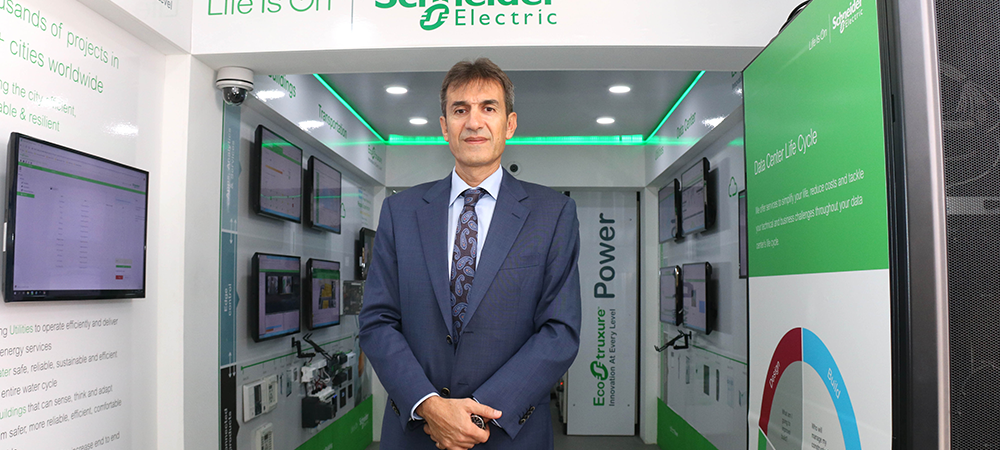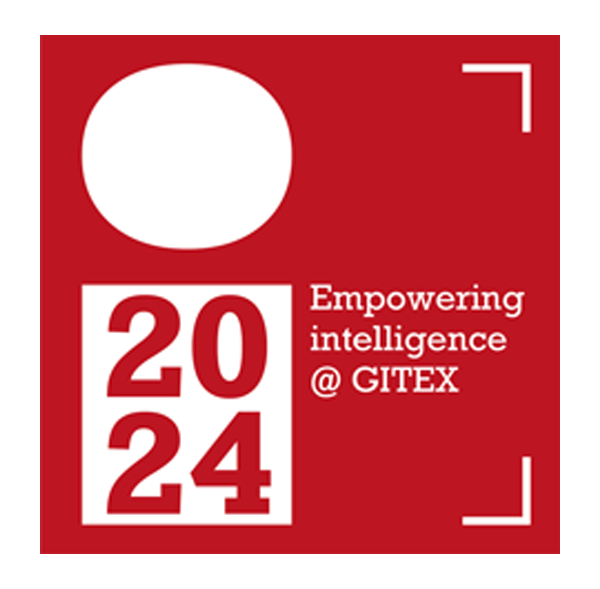Intelligent CIO caught up with Richard Francis, VP – End User and EcoStruxure Gulf and Pakistan, of Schneider Electric, to talk about the company’s innovative EcoStruxure architecture including its capacity for energy saving.
What is Schneider Electric EcoStruxure architecture?
It is, if we can summarise it, our eco-system for digitisation. What does it mean and what does it consists of? We can summarise that in four main pillars.
It is a platform. It is the experience. It is a community and it is lifecycle tools. So when we say platform it’s a technology platform where you start from the infrastructure of the building or plant or the project that needs to be connected.
And then it aggregates those and brings the integration of all that you can see on site to the edge control where you are able to control your installation to control your building or control your plant and at the same time collect data and bring it to a higher level.
So you would be able to analyse and to put some data in the cloud if you need or on premises to do some analysis and help you take some decisions either about faulty maintenance, for the operation or for efficiency.
From the technology point of view this is a platform but at the same time the experience is very important because at the end you have to embed inside this technology the experiences that you have accumulated all over the years. We at Schneider started with this EcoStruxure and the advent of the Internet in ’97 so it is 20 years old.
Then the platform is also a community because this platform is an open one that is open to everybody. We know that in a building you will not find only Schneider Electric which means that you should be able to integrate a third-party product and at the same time have the third-party product connect to your installation. And this helps you build a community in the ecosystem to be enabled in the project to develop and to build from the greenfield to the operation after fundamentals.
And this brings us to the lifecycle tools because with lifecycle tools today it is very important when a new building or installation is finished you have to bring it to the operations. And we see that today, for example, in the OPEX almost 30% of the cost of the OPEX is reworking because at the CapEx level things were not done properly either because things were not integrated into the design at the beginning in a proper way, or some documentations were missing, and at the end when the operators start we see that a lot of things need to be reworked.
And at the same time with all the data that we aggregate we are able to do the maintenance in a proper way and to do preventative maintenance when it is critical.
So all those four pillars are part of what we can call the ecosystem.
If I was in charge of your hotel chain and I implemented your system what could I gain from the analytics?
First of all there is the guest experience which is very important and at the same time you can work on a benchmark. When you’re a big chain you have different hotels and you can connect all the data between them so you will have the control at that level of analytics of your buildings.
But you can also connect to other buildings as well to see how the consumption is and similarly why the other building is not doing the same. So this analysis can help you take the right decision to understand better where the problem is coming from without putting at risk your guests’ experience. We know that from the company’s point of view if the guest is not happy he will not come back.
So this is very important and, of course, from the maintenance point of view. this can help you organise the maintenance of your assets without disturbing your guests.
What can you tell us about the energy saving aspects of this system?
It’s an important point because energy is the main expense of the hotel and here you have a kind of product that will help you understand at what time you should start the energy in the room. You are able to accumulate the profile of your guests about what time they would like to put the lights on and at what time you should start the energy in the room. You can keep it in-memory and next time automatically bring it to the guest when he enters the next time. You will be able to manage the non- occupancy in an efficient way.
In terms of benchmarking, we have a lot of tools for energy efficiency that can help you use your consumption efficiently and compare one building to another. This is a benchmark that would help you because the data can be present on the cloud and we can have an expert team sitting in different places in the world – getting access to that and giving you advice on what you need to do from the energy management point of view.


